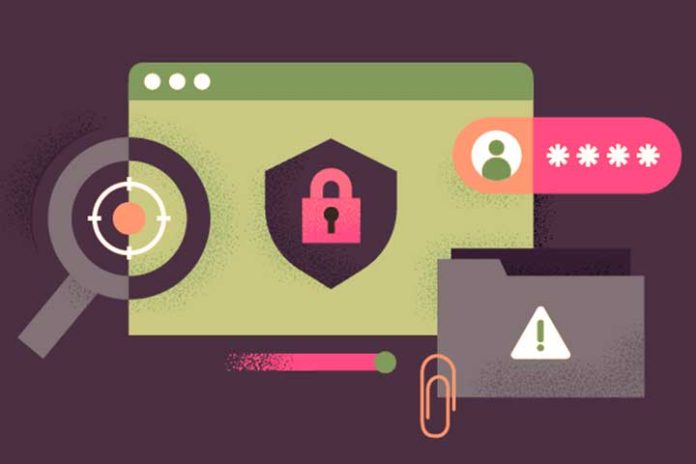One of the most important priorities when managing a website is to secure it against attacks. There are various elements you should consider to help protect your website from harm. Below, we’ll look at the basic security options and outline the recommendations that are worth following. I will focus on two-factor authentication (2FA) in more detail.
The basics of securing a WordPress (hereafter WP) site against attacks
- Regularly update plugins, theme and CMS system – updates include security fixes and performance improvements that protect your site from attacks.
- Use unique, strong passwords and change them regularly. They are crucial for website security. Using passwords that are too simple can lead to them being cracked.
- Backing up your site is crucial in case of data corruption or loss. You can perform a backup using various plugins or one of the security services. Sometimes a 14-day hosting backup is not enough, especially if you only notice the problem after 2 weeks.
- It is important to monitor the website and protect it from attacks. You can use security plugins or services that monitor and protect the site.
- Make sure you have a valid SSL certificate.
- Hosting with high security standards, regular monitoring and updated systems will better protect your data from unauthorized access.
Adherence to security recommendations for WP sites is important to protect against possible cyber attacks that can cause damage and compromise the confidentiality of sensitive information stored on your website.
Two-factor authentication – 2FA
2FA reduces the security risk in case someone gets hold of your password. It adds an extra layer of security that makes it harder for attackers to gain unauthorized access to your account – even if they manage to steal your password. In order to understand how 2FA works, we must first zoom in on the factors – 2FA has two of them:
The first factor is known, you need to know it to authenticate yourself. Using a username and password is the most common of the types of factors you can use to log in.
The second factor uses an additional device you own for verification. Most often, a mobile phone and an application in it.
OTP mobile apps, also known as authentication apps, are available for both Google Android and Apple iOS devices. Installing the authenticator app on your mobile phone is easy and works just like any other app. You know it, for example, as a token in internet banking.
Also Read: How To Make A Website With WordPress Step By Step

